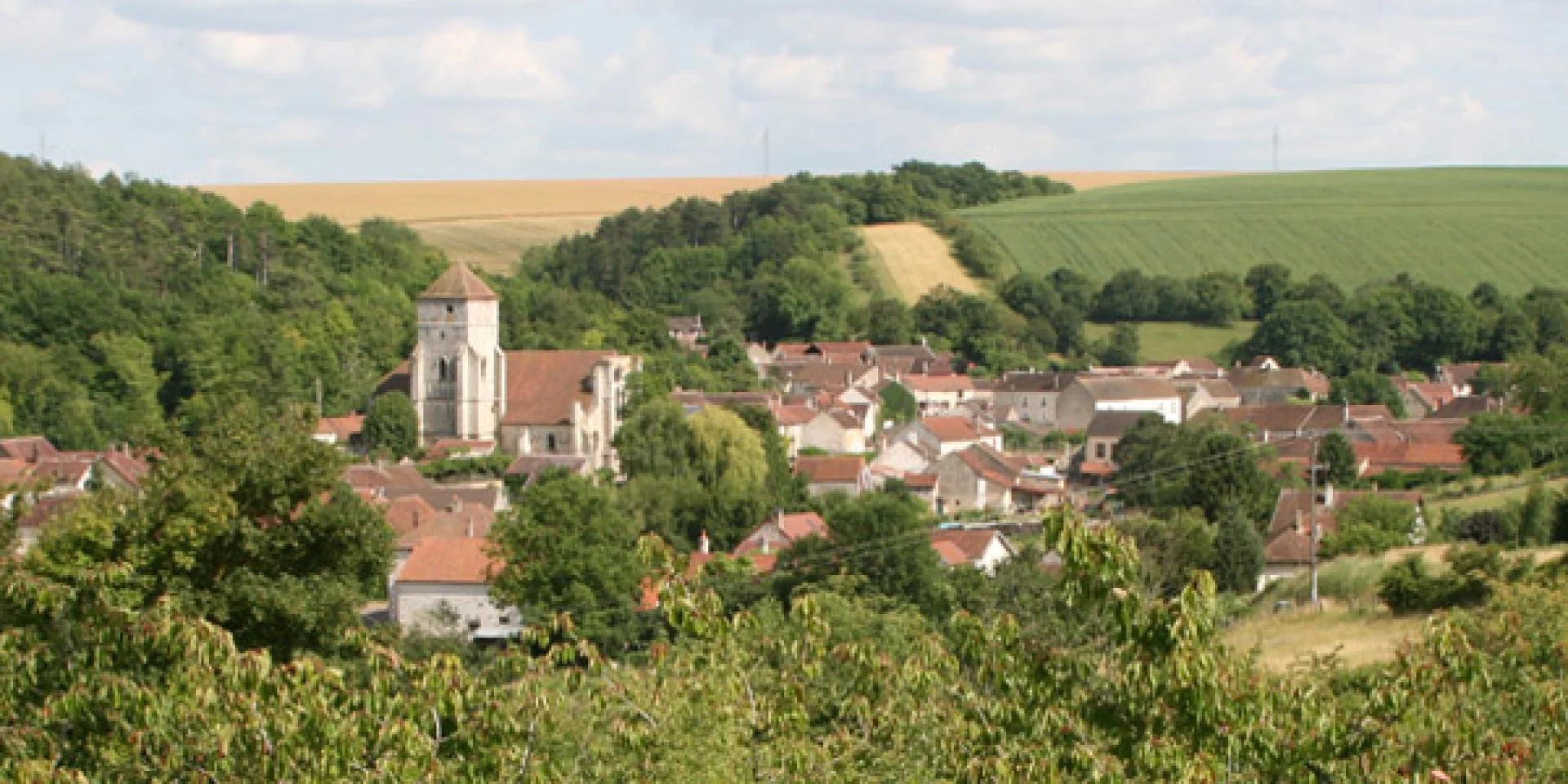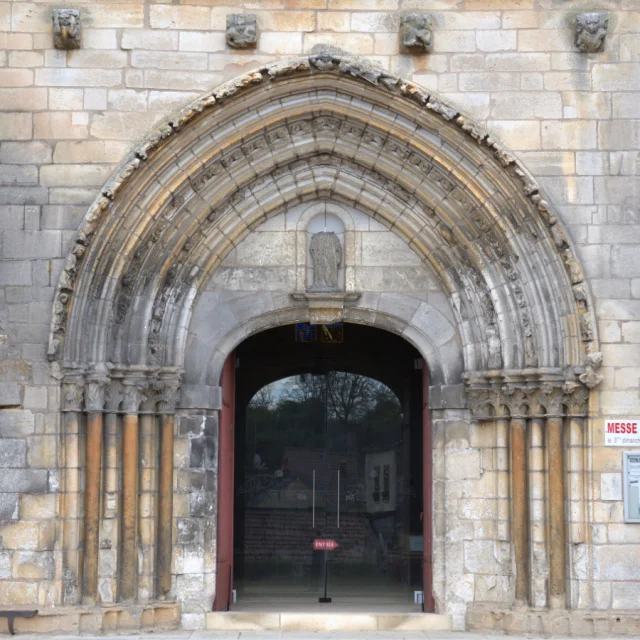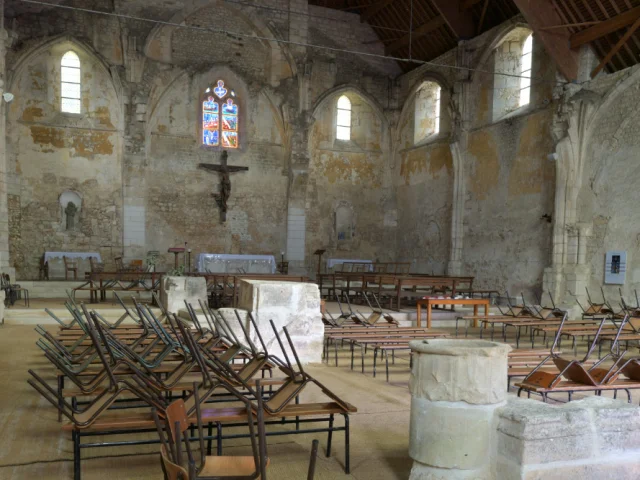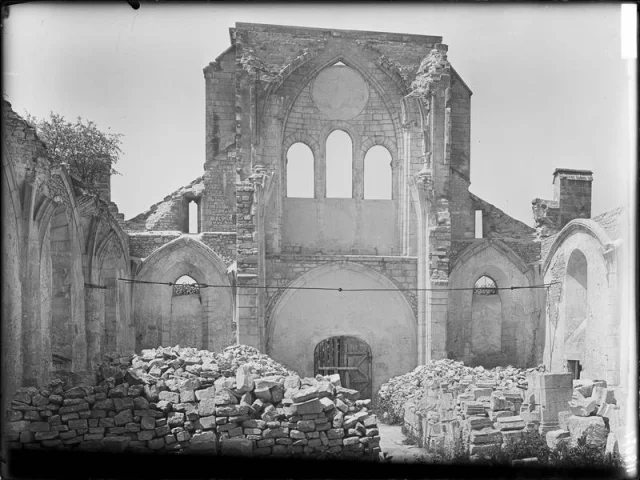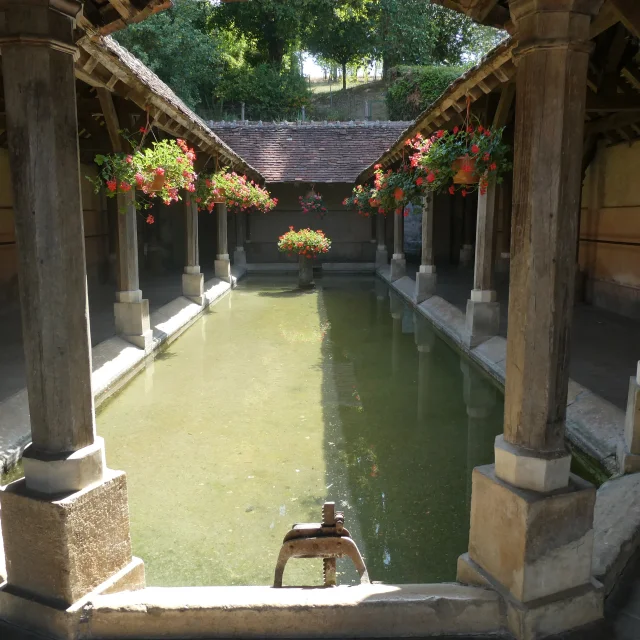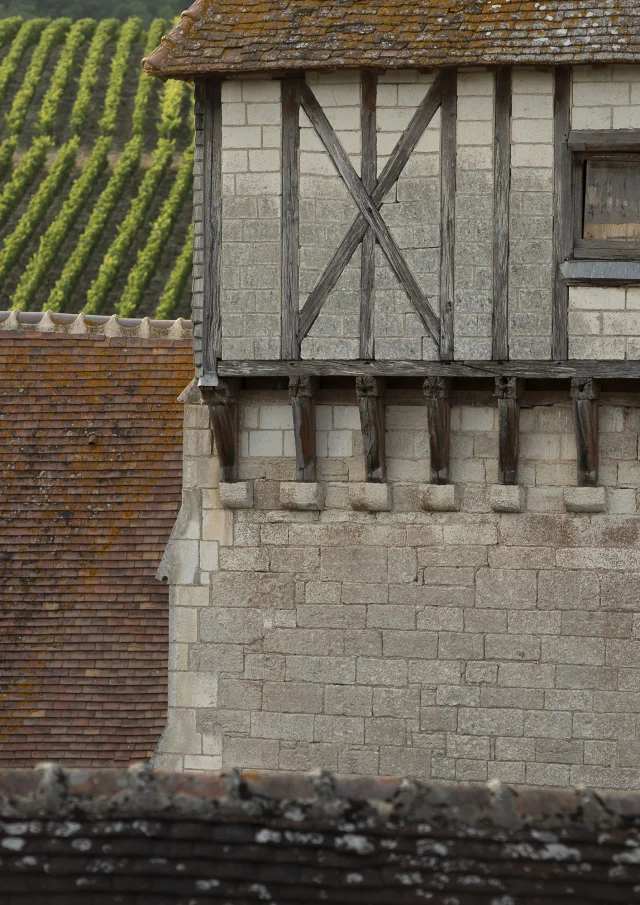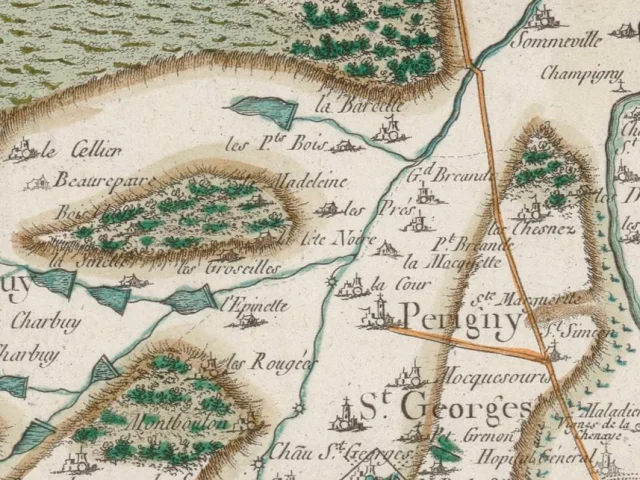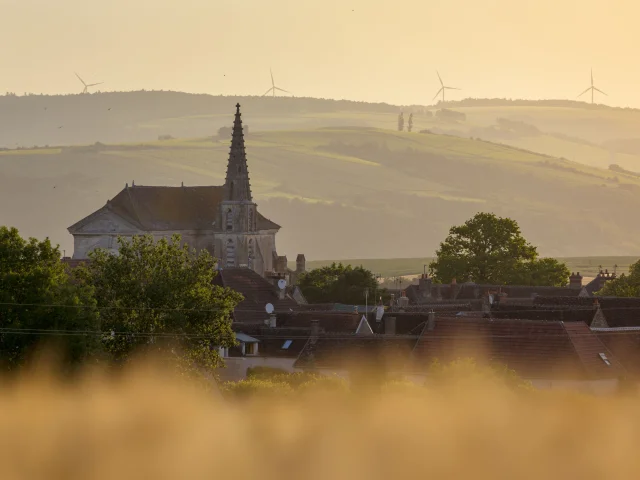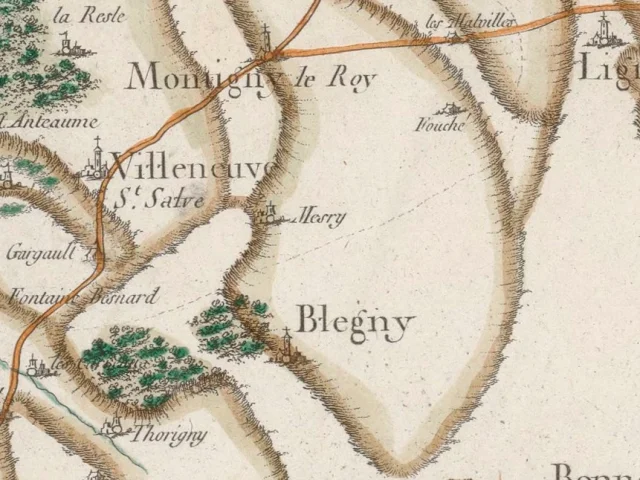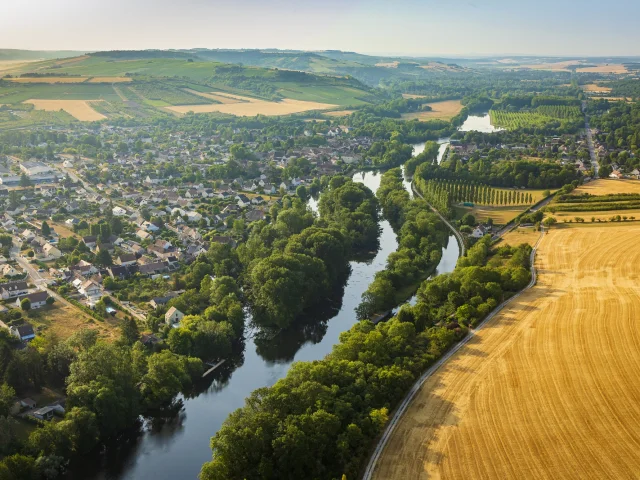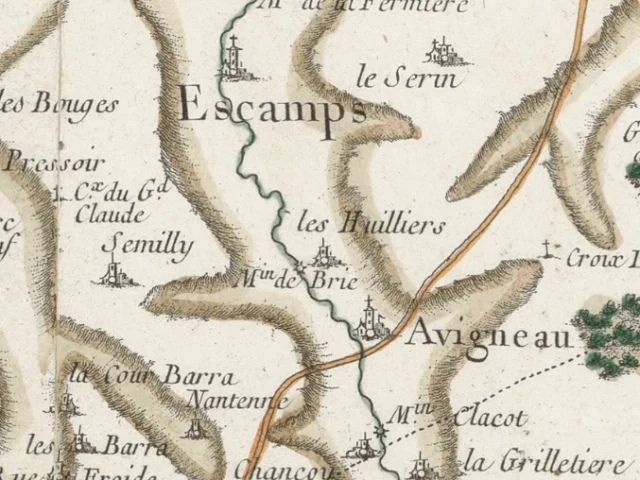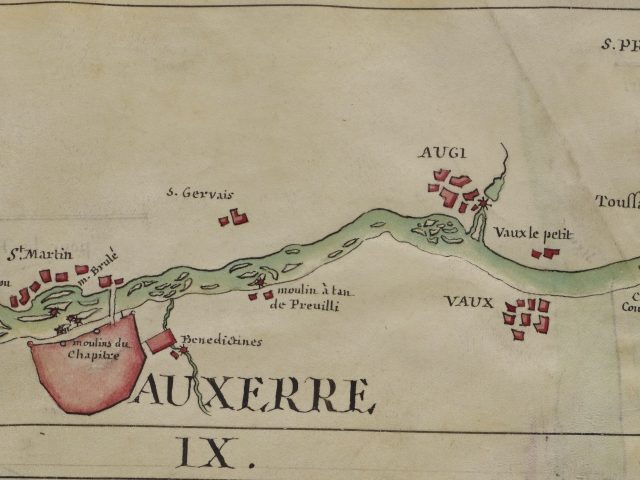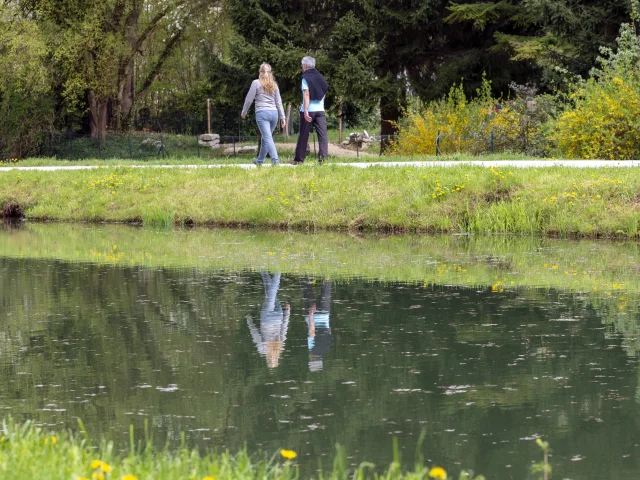The Origins of the Village
Gy-l’Évêque is a village nestled in a fertile valley crossed by the Ru de Vallan. It quickly came under the influence of Auxerre, which took advantage of its arable lands for pastures, vineyards, and cereal crops. From the Middle Ages, the forest surrounding Gy-l’Évêque also became a source of revenue and dispute among local lords. Archaeological remains attest to an earlier occupation during Antiquity, including the presence of a prosperous Gallo-Roman agricultural villa.
Although Gy-l’Évêque was a coveted wine-producing village among secular lords, it mostly belonged to the Church, and its parish is one of the oldest in the Yonne. As a strategic location, Gy-l’Évêque was integrated into the episcopal network of Auxerre as early as the 9th century, during the reign of Charles the Bald. In the 14th century, records mention an episcopal property in the village called the “Maison de l’Évêque” (The Bishop’s House). This estate served as a stronghold to protect the lands of the bishopric, as the village itself had no defensive fortifications. At that time, Gy-l’Évêque played an important regional role, as the provost administered justice and collected taxes for the entire southern Auxerrois.
As early as the 12th century, around 1100, the bishops of Auxerre planted vines in the area, and by 1325, an episcopal vineyard was documented in Gy-l’Évêque. Today, the vineyards have disappeared, replaced by cherry orchards and cereal crops.
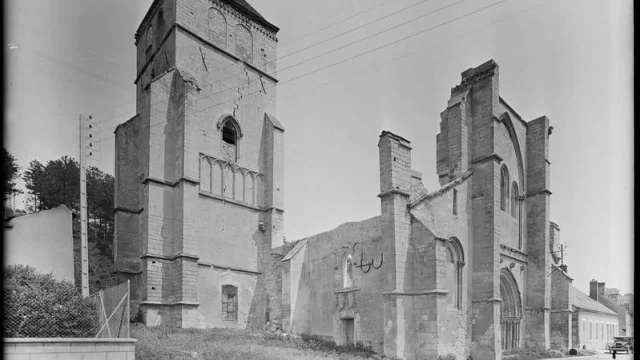 Eglise Gy Leveque Ministere De La Culture France Mediatheque Du Patrimoine Et De La Photographie
Eglise Gy Leveque Ministere De La Culture France Mediatheque Du Patrimoine Et De La Photographie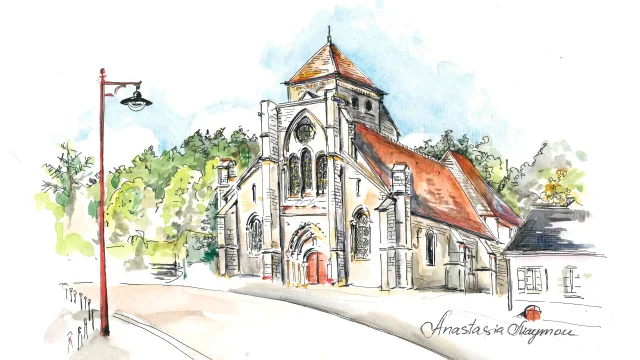 Gy Leveque Eglise Rotated
Gy Leveque Eglise Rotated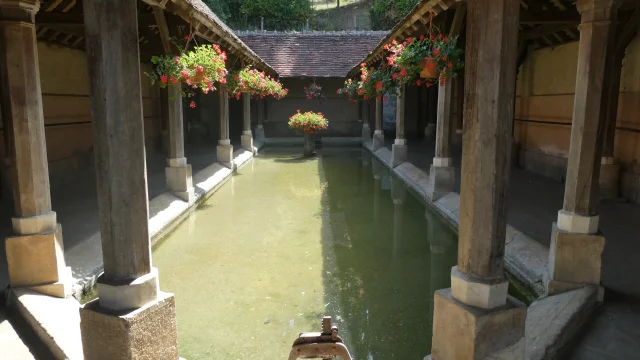 Lavoir Gy Leveque Ot Auxerre
Lavoir Gy Leveque Ot Auxerre